Relentless winter has taken its toll: 10 horrid highlights
- Share via
The latest winter storm dropped several inches of snow in the New York metropolitan area Tuesday, and the total could approach more than 6 inches to a foot in parts of New England.
And this is just the latest in a relentless series of storms that has worn down residents.
Here, in sum, is the winter of our discontent:
Number of people affected by winter storms
Mel Evans / Associated Press
More than 100 million, or about 1 in 3 people in the United States.
Snow coverage
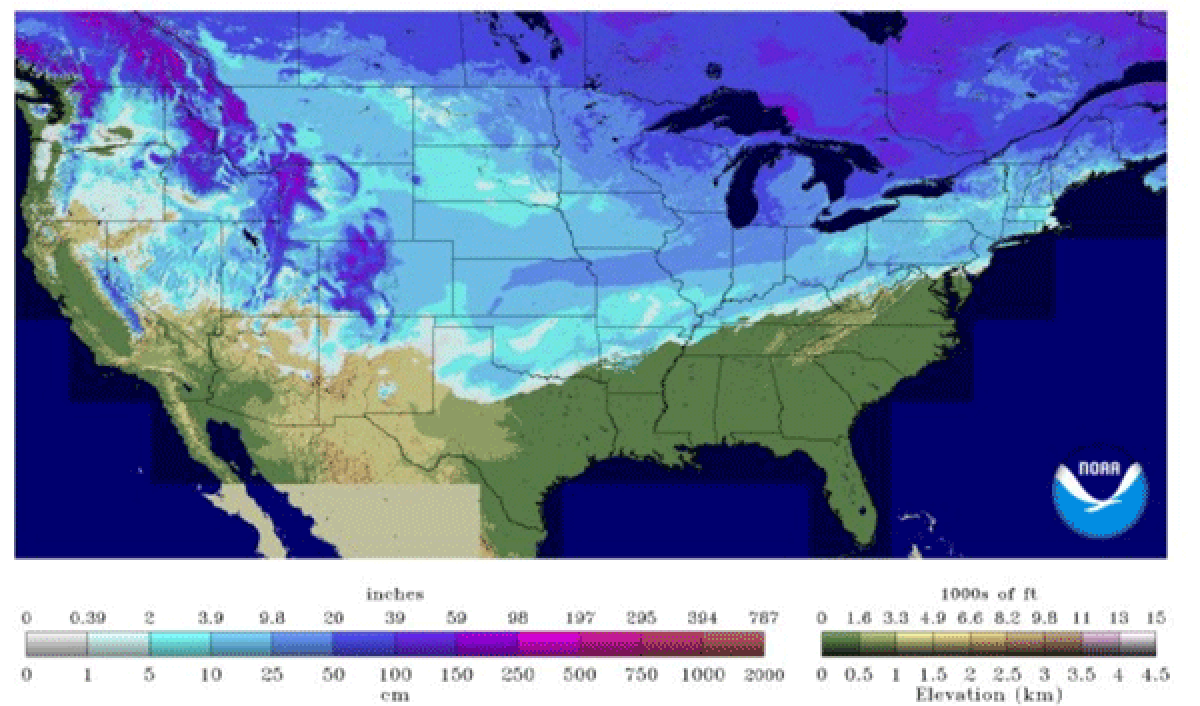
NOAA
The National Weather Service reported in January that about 70% of the contiguous United States had snow on the ground, the most this season. The percentage has been varying by region, with the Northeast winning the pool with 99% this week. By comparison, on Christmas (the only time anyone really wants snow), 58.6% of the nation had snow on the ground, up from Christmas 2012 at 30.8%.
In short supply
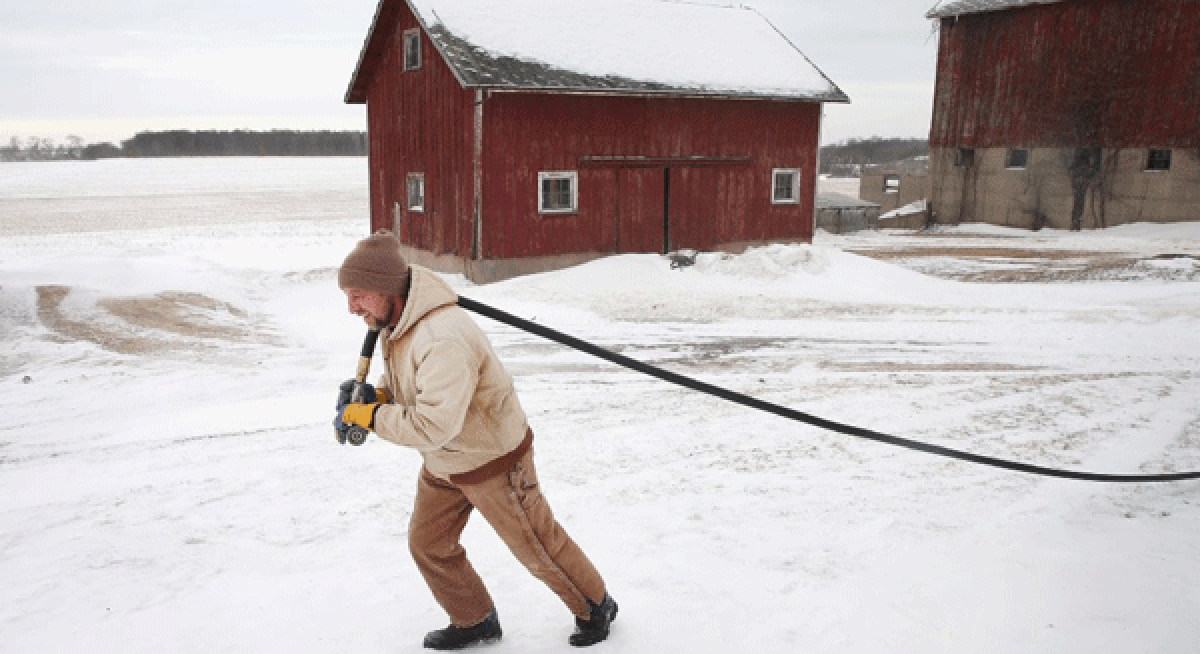
Propane delivery in Wisconsin amid shortage. Scott Olson / Getty Images
Salt, sand, propane and patience.
Snow records
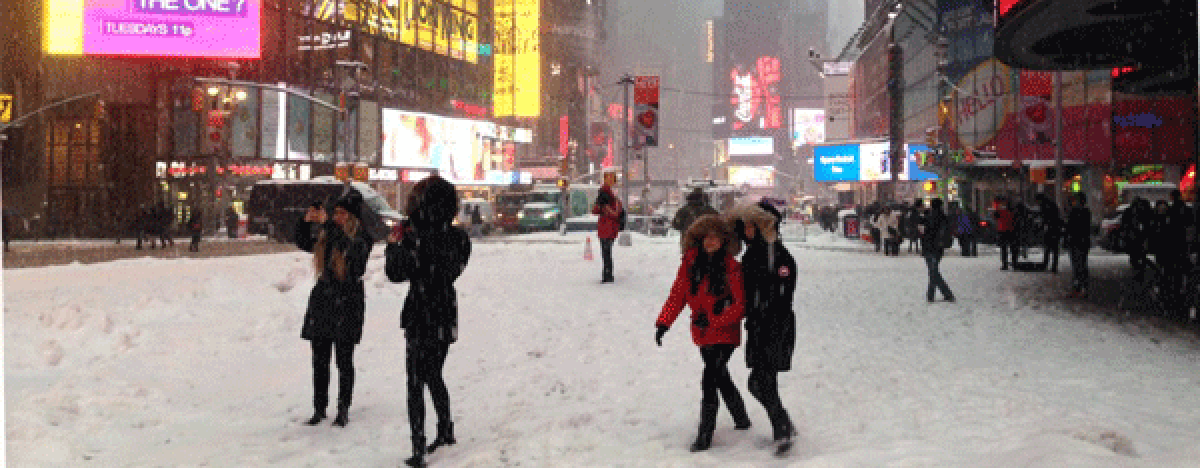
Carolyn Cole / Los Angeles Times
Just about everywhere from the South to the mid-Atlantic to the Northeast and Midwest set some sort record this winter. For example, in New York City, pictured above, more than 55.6 inches of snow have fallen, about triple the average. Chicago has recorded 66.8 inches, surpassing the full-season total for 1951-52 of 66.4 inches. Since snow records began in the winter of 1884-1885, snowfall in Chicago has topped 70 inches only three times, but unlike the Cubs, this could be the year.
Flight cancellations
David Tulis / Associated Press
Since Dec. 1, U.S. airlines have canceled more than 75,000 domestic flights, or about 5.5% of the 1.35 million flights scheduled, according to Associated Press calculations based on information provided by the flight tracking site FlightAware. It's the highest total and highest percent of cancellations since at least the winter of 1987-1988, when the Transportation Department first started collecting cancellation data.
Power outages
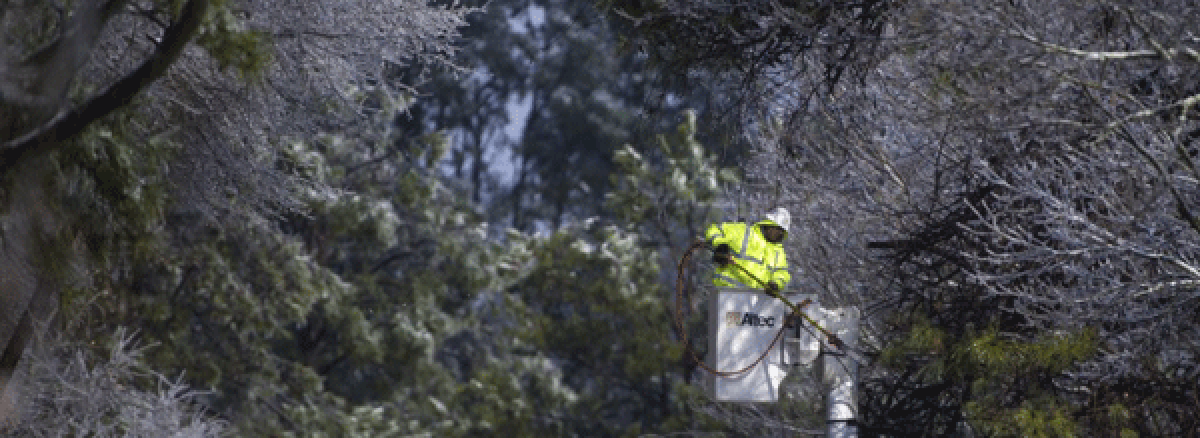
John Amis / Associated Press
The number of customers without electricity at some point during this season’s storms is about 2 million, but that is just an estimate. At the peak, more than 600,000 were without power in Pennsylvania and about 1 million had the same fate in the South. The mid-Atlantic region reported several hundred thousand in several storms.
Snow days
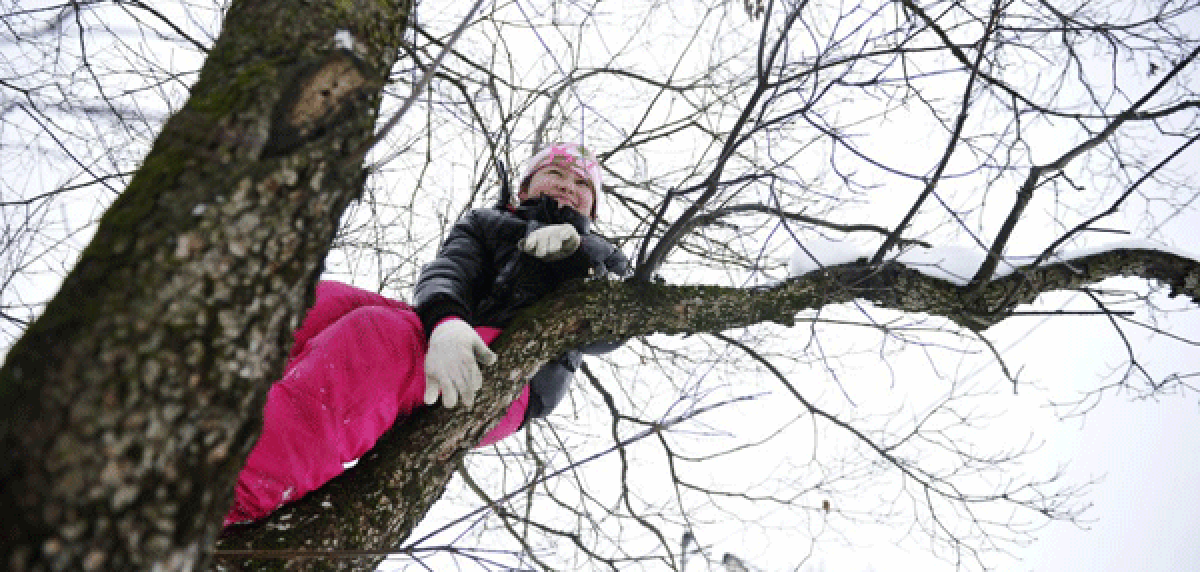
Kate Penn / York Daily Record
Parts of the Midwest had schools shut down for a week at a time, but New York City avoided closing its buildings even in the worst of the storms.
Economic impact
Many economists estimated that more than $15 billion in sales had been lost by the winter storms. That sounds like a lot, but it isn’t, given that the U.S. economy is a $16-trillion engine. Consumer purchases are down, according to the latest federal statistics, but most will be recovered when the weather gets better and those malls are once again packed. Still, economists estimate that as much as 10% is lost forever because some things can’t be replaced, the so-called lost dinner effect. If you don’t go out to dinner because of the snow, do you eat two meals the next time you are in a restaurant?
Worst traffic
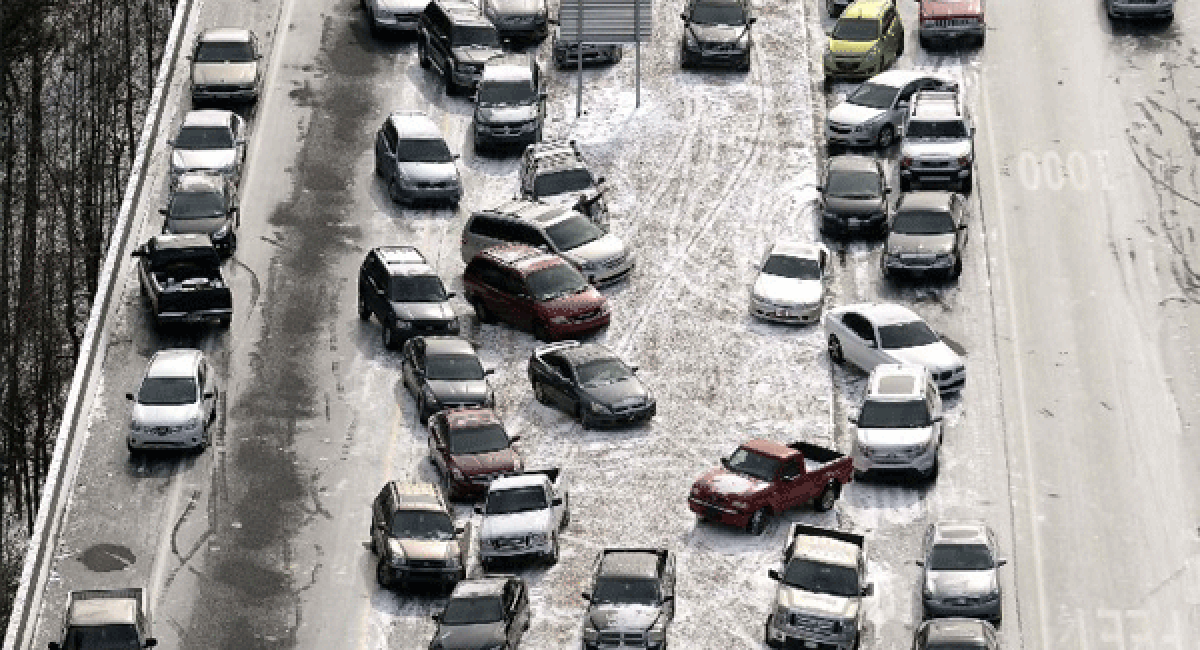
David Tulis / Associated Press
There are many contenders, including the 50-vehicle pileup last week in Pennsylvania. In Atlanta, pictured above, a week earlier, mighty superhighways were turned into snow-clogged parking lots with thousands of trapped vehicles. There is no official record, but Virginia police said they responded to 1,095 crashes and 1,115 disabled vehicles in an 18-hour period.
Best winter storm name: None
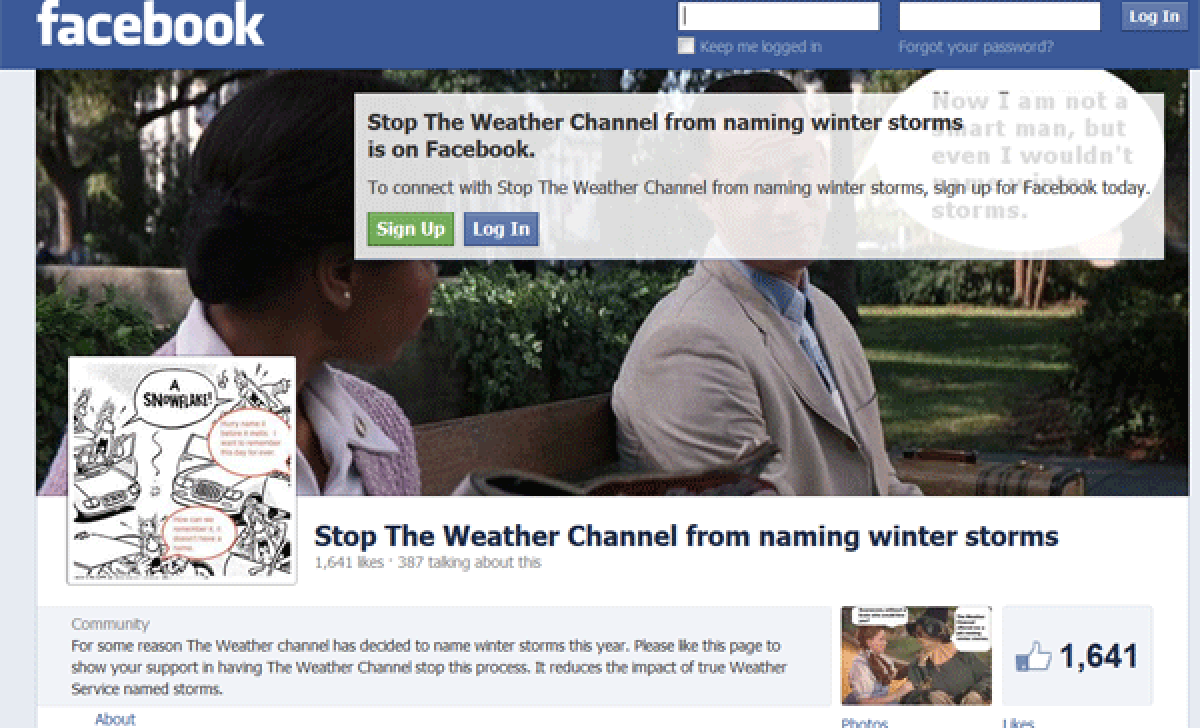
Officials do not name winter storms, but some meteorologists including those on the Weather Channel have started their own names. The practice has its detractors, but feel free to do the same.
Sign up for Essential California
The most important California stories and recommendations in your inbox every morning.
You may occasionally receive promotional content from the Los Angeles Times.








